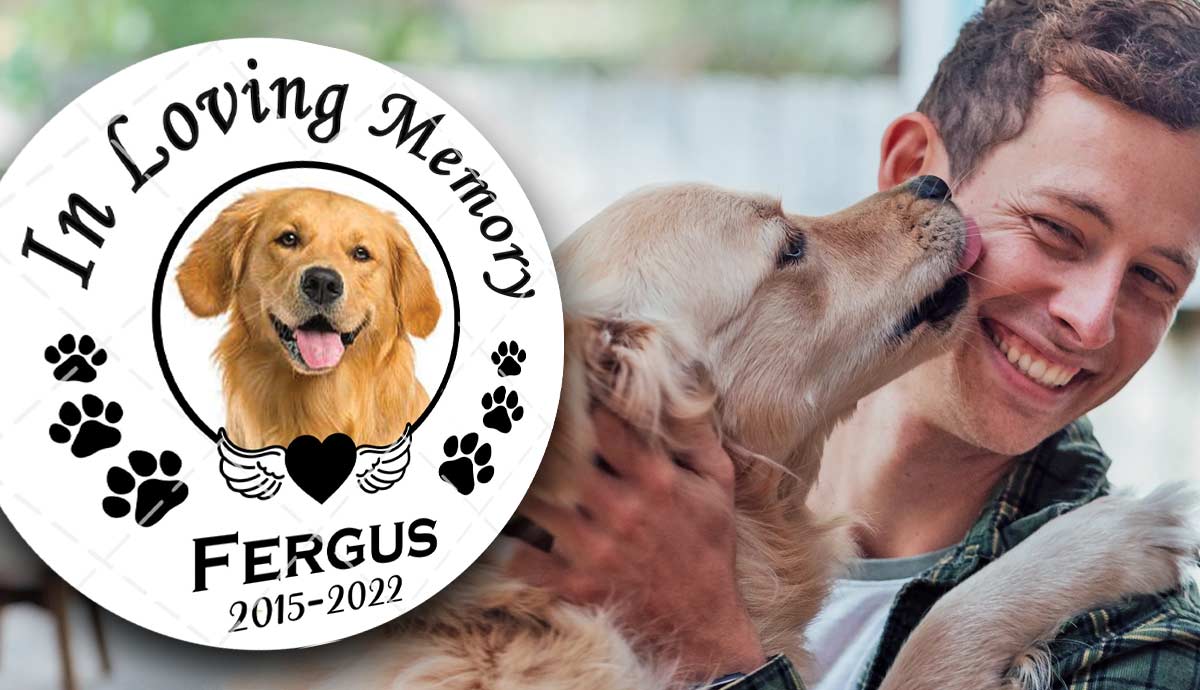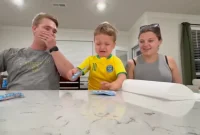Saying farewell to a loved one, whether human or pet, can be incredibly difficult. When it comes to our furry friends, making end-of-life choices presents distinct challenges since they lack the ability to communicate their feelings through speech. Encouraging open conversations about the quality of life, the euthanasia procedure, and death itself may feel uneasy but is crucial for finding solace and resolution.
.
Evaluating Your Pet’s Quality of Life in a More Objective Manner

Although a pet’s quality of life cannot be objectively quantified, maintaining a daily journal or diary about them can prove quite beneficial.
As your animal companion ages
If your pet develops a long-term illness, it’s crucial to monitor their appetite, thirst, energy levels, and mobility. Keeping a daily journal can help you document whether they are suffering from any pain, vomiting, diarrhea, or incontinence.
Measuring pain in our animal companions can be difficult, particularly as the indicators differ among various species. I suggest consulting a
veterinary animal pain scale
To more accurately assess the intensity of your pet’s discomfort.
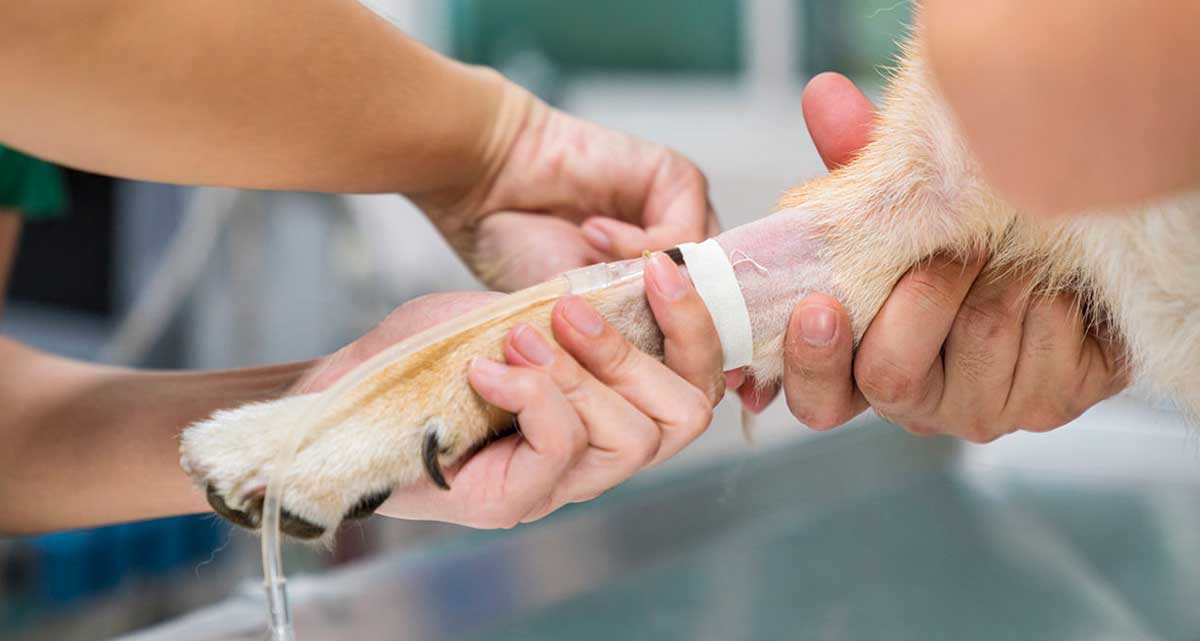
Consult your veterinarian
concerning which symptoms or medication side effects might arise based on your dog’s present health problems, allowing you to be aware of what to watch out for.
Spend some time pinpointing your dog’s favorite one to five activities, like having their morning meal, or chasing squirrels.
neighborhood walks
If your dog shows less enthusiasm for these activities or is unable to join in anymore, it might be necessary to talk about your dog’s overall well-being with your vet.
By assessing these elements, you can more effectively contrast your dog’s number of good days against their challenging ones.
Rethinking Euthanasia as a Merciful Conclusion to Distress

Euthanasia can evoke uneasy emotions among individuals. Our perspective on compassionate euthanasia for pets is shaped by various elements such as past experiences with animals, religious beliefs, and personal philosophies.
In Greek, “
euthanasia
” translates to “
eu thanatos,” meaning
“A good death” in veterinary practice refers to alleviating pain for terminal or critically suffering animal patients through euthanasia.
My aim is to demonstrate to pet owners that they shouldn’t feel remorse over choosing euthanasia. Many people see this decision as robbing them of their beloved companion’s presence. Instead, I urge these individuals to consider euthanasia as an act of kindness—a final gesture of love for their cherished pet, particularly when faced with terminal illness or significant pain.
Factors to Consider When Making Tough Choices About Your Pet
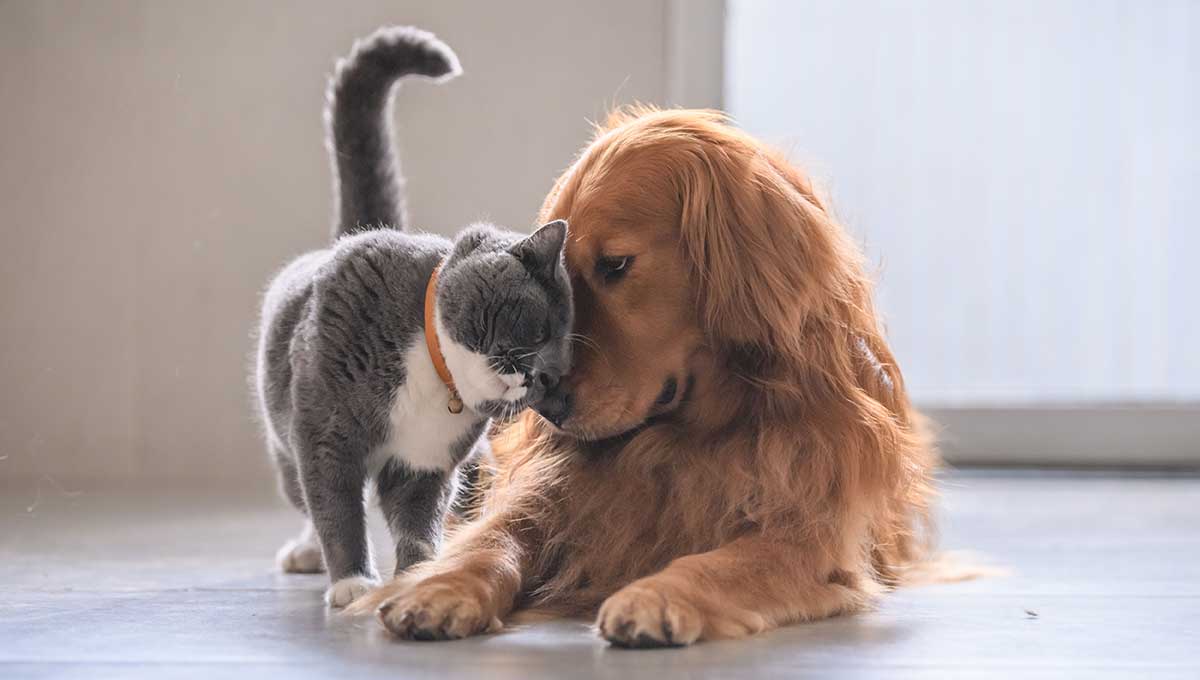
Pet owners have shared with me that they feel as though they are abandoning their pets when choosing euthanasia. In the past, one of my mentors encouraged owners to empower themselves by contemplating three key aspects before making tough choices regarding their animals.
-
Finances:
No matter a family’s economic situation, it wouldn’t be realistic to claim that money doesn’t make a difference.
-
Prognosis:
Regarding a specific illness or your pet’s general health condition, what does the statistical outlook indicate? For instance, if your
dog has cancer
What’s the survival rate?
-
Comfort:
What are you asking your pet to go through? Unlike people, our pets do not get to decide what treatment they want to undergo. We make those decisions for them. I encourage people to consider potential adverse side effects (i.e., with chemotherapy) and compare them to the likelihood and potential benefits of prolonged survival time.
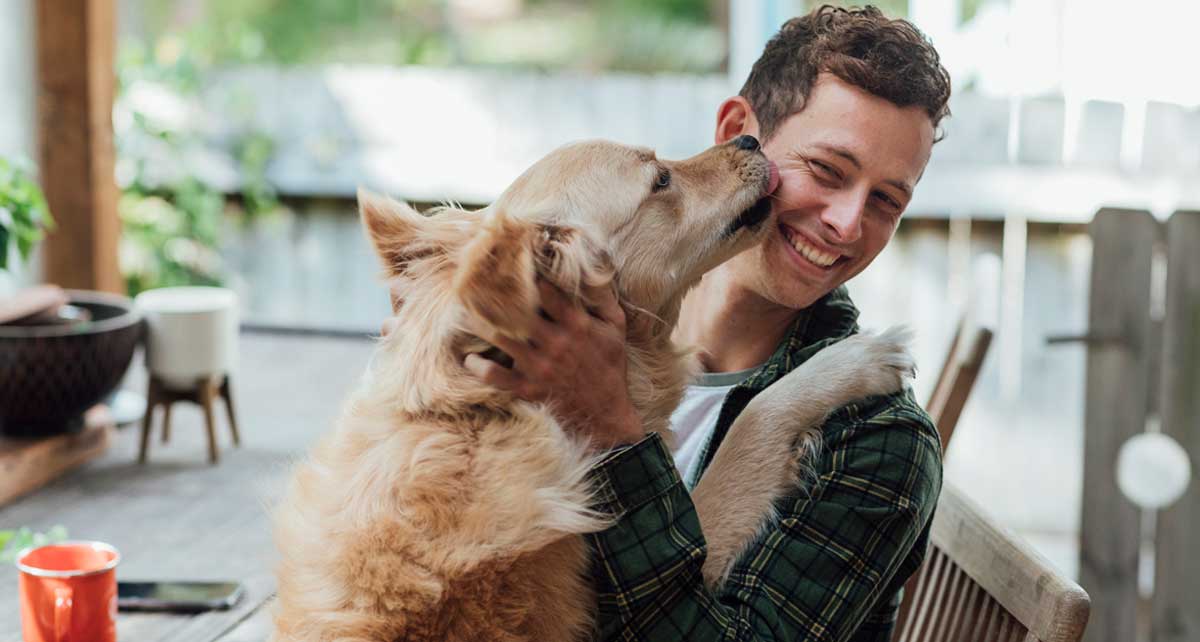
In my view, much of the opposition and doubt surrounding euthanasia arises from feelings of guilt. This emotion is part of the seven-stage model of grief. My aim is to assist pet owners in recognizing that this sense of guilt actually underscores their deep affection and dedication towards their pets.
Your veterinarian might suggest euthanasia since the end of an animal’s life isn’t necessarily worse than enduring ongoing sickness, pain, and distress.
Regardless of the amount of time we have with someone dear, it always seems insufficient. Even though parting ways can be tough, we need to face up to the distinction between the caliber and the count of our moments together.
What to Anticipate Throughout the Euthanasia Procedure

As a veterinarian, I routinely inquire whether pet owners have undergone the euthanasia procedure previously. No matter their prior exposure to euthanasia, I provide a concise overview of the steps involved since I feel that information helps make the process more manageable for them.
It is essential to permit pet owners the option of being present during these times. Importantly, my stance supports both those who decide to stay as well as those who opt out. There should be no judgment towards owners who prefer not to attend. Each pet’s circumstances vary greatly, and each household deals with emotions differently. As an illustration, some owners might choose to bid farewell before proceeding with euthanasia so they can retain positive memories rather than remembering their pet in distressing conditions. Such decisions do not reflect the depth of their affection for their pets.
How Does Euthanasia Occur?

Typically, the
euthanasia process
starts with inserting an intravenous (IV) catheter into a peripheral vein, aiming to reduce the necessity for several injections. Before administering the euthanasia agent, a sedative or anesthetic might be given to assist
decrease anxiety and stress
.
Preferably, when pentobarbital (a commonly used substance for euthanasia) is given intravenously, it should make your pet lose consciousness quickly, followed soon after by the cessation of their heartbeat and/or breathing.
I inform pet owners beforehand that during euthanasia, their pets might sometimes go through an excitable stage, which can lead to unintentional and uncontrolled sounds or body movements.
I explain euthanasia to families as a serene departure occurring while they are in an unconscious state, with their close relatives nearby—an end that I believe numerous individuals might feel fortunate to encounter.
Ways to Celebrate Your Pet’s Legacy

I strongly feel that you should express to your loved ones just how important they are to you whenever possible. Additionally, I think our loved ones remain alive in our hearts as long as we keep sharing their tales and uphold the principles they instilled in us.
Some of the most gracious feedback I have received from owners has been regarding the euthanasia of their pets. Saying goodbye is undoubtedly sad but it does not need to be a negative experience. I am grateful that owners trust me with helping their pet through this final transition, and I hope they feel supported during and after this process.



